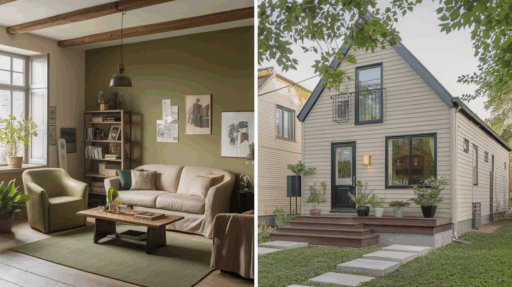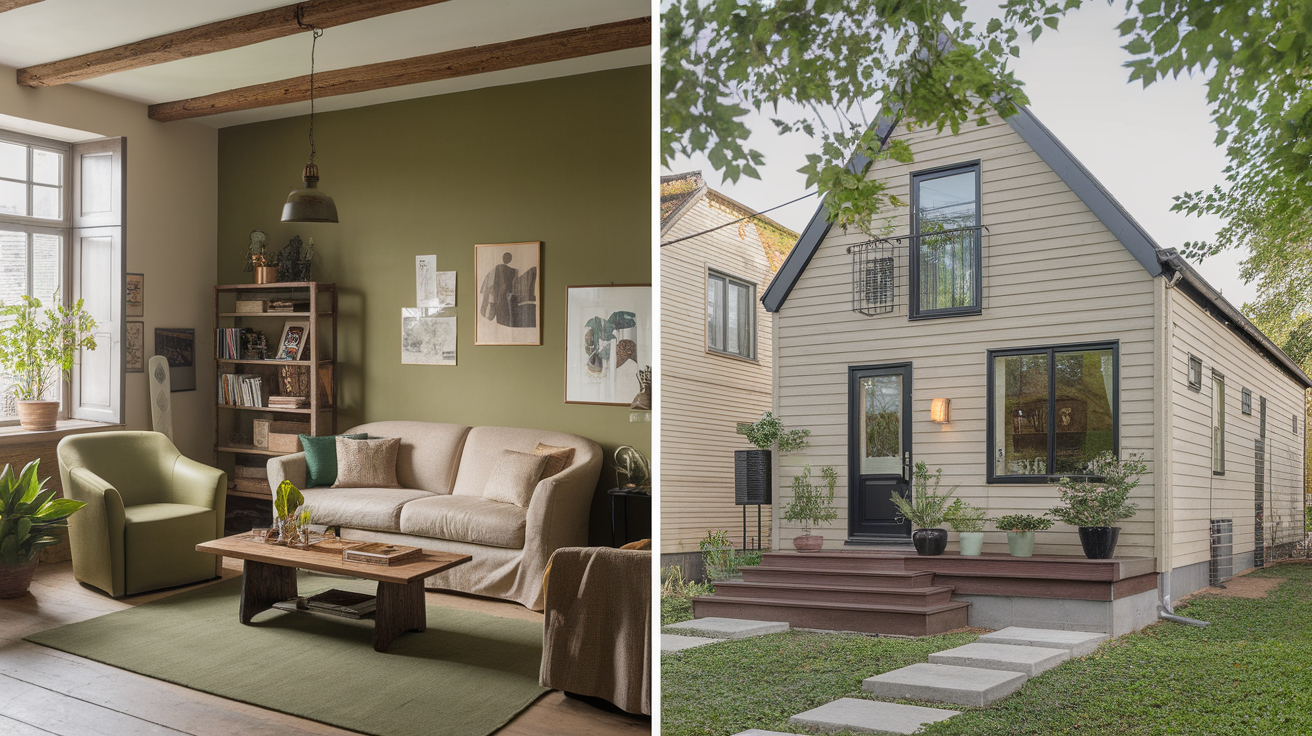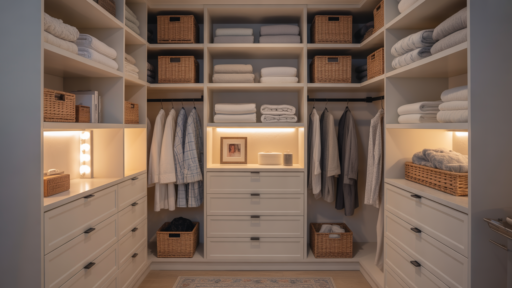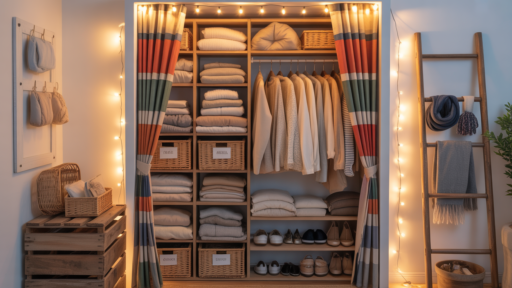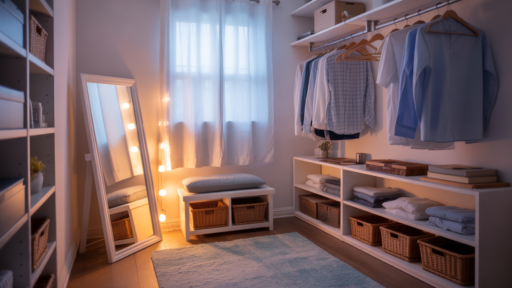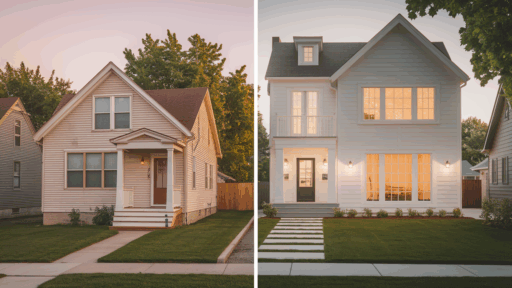Painting your home can be exciting, but picking the right kind of paint is more important than you might think.
You’ve probably seen cans labeled “interior” and “exterior,” but what’s the real difference?
Can you use one for both jobs? The short answer is no, and using the wrong one can lead to peeling, fading, or even health issues.
Interior and exterior paints are made differently because they face different challenges. Interior paint is designed for easy cleaning and looks nice inside your home.
Exterior paint is tougher, and it has to stand up to rain, sunlight, and changing weather.
In this blog, I’ll break down the key differences between interior and exterior paint in a simple way.
You’ll learn what makes each one unique and why using the right type matters for your home.
Understanding Interior and Exterior Paints
When selecting paint for your home, it’s essential to understand the differences between interior and exterior paints.
They’re not just labeled that way for fun, and each type is made to handle different conditions.
All paint has four main parts:
- Pigments give the paint its color and help cover surfaces.
- Binders (also called resins) hold the pigment together and help the paint stick to walls or other surfaces.
- Solvents make the paint spreadable. They evaporate as the paint dries.
- Additives are extras that help paint dry faster, resist mildew, or handle different temperatures.
Interior vs. Exterior Paint Formulations

Interior and exterior paints are made for different jobs. Even though they may look the same, their formulas are designed for the conditions they face.
Interior paint is made for indoor use. It has hard resins that help it stick well to walls and make it easier to clean. It’s also low in fumes, which is safer for the air inside your home.
Exterior paint is made to handle outdoor weather. It has flexible resins that help it stretch with temperature changes. It also has extra ingredients to protect against the sun, rain, and mildew.
Using the right paint for the right space helps your paint job last longer and look better.
Key Differences Between Interior and Exterior Paint
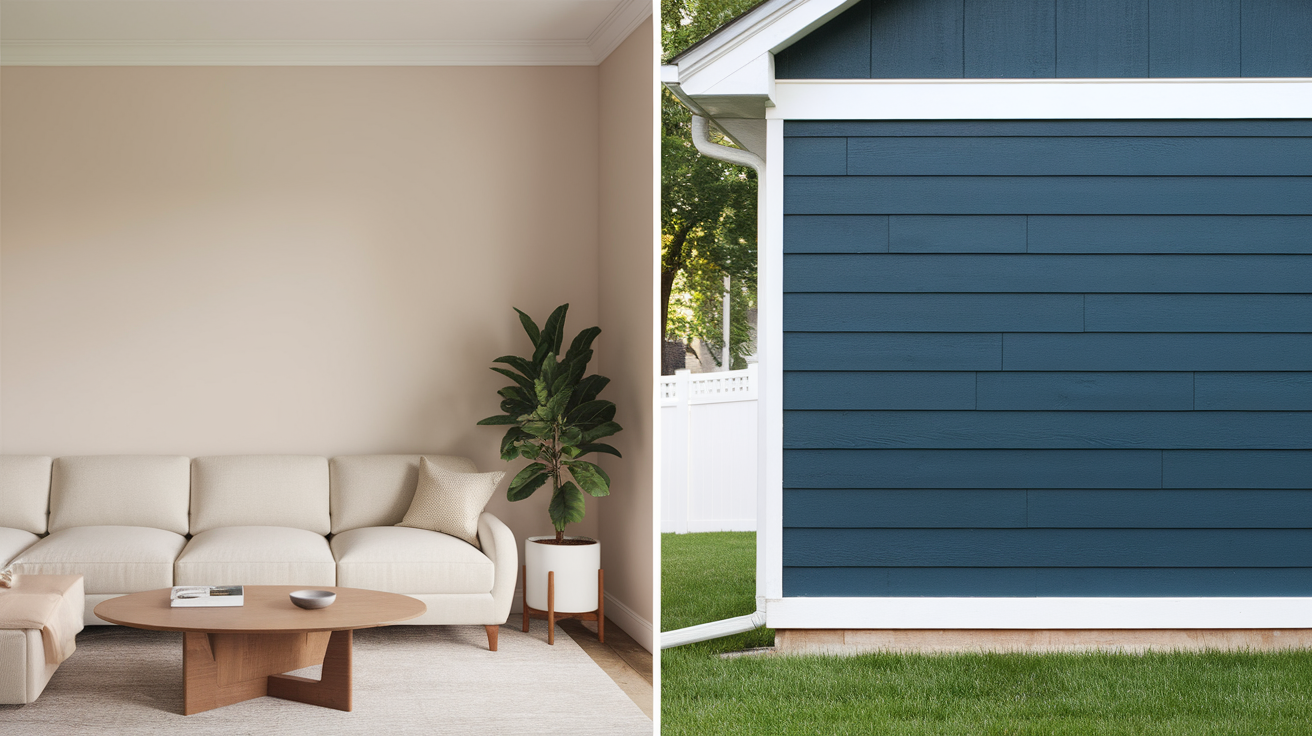
Knowing the difference between interior and exterior paint helps you make more informed choices and avoid issues such as peeling, cracking, or unpleasant odors indoors.
Resin Type and Flexibility
- Interior paint uses hard resins that stick well to smooth indoor surfaces.
- Exterior paint uses flexible resins so it can handle changes in weather and temperature. Flexible resins help exterior paint expand and contract without cracking.
Additives and Protection
- Interior paint includes additives that make it easier to clean and more resistant to stains.
- Exterior paint has extra protection against UV rays, rain, and mildew. These added ingredients help it last longer outdoors, even in rough weather.
VOC Levels and Health Concerns
VOCs (volatile organic compounds) are chemicals that give off strong smells.
- Interior paints are made with low or no VOCs to keep indoor air safer to breathe.
- Exterior paints often have higher VOC levels since they’re made to resist outdoor elements.
Durability for the Environment
- Interior paint is made to handle everyday use, like scuffing, wiping, and cleaning.
- Exterior paint is made to stand up to rain, snow, wind, and hot sun.
I once used interior paint outside by mistake, and it started to peel after just one season.
Finish and Appearance
- Interior paint comes in many finishes like matte, satin, eggshell, and gloss.
- Exterior paint usually has fewer finish options, but they’re made to resist fading and damage.
Both types are designed to look good, but their surfaces are treated for different environments.
Safety and Smell
- Interior paint is safer for enclosed spaces where people live and breathe.
- Exterior paint gives off more fumes and isn’t meant for indoor use.
I always make sure to double-check the label before starting any project, just to be safe.
Quick Comparison: Interior vs. Exterior Paint
| Feature | Interior Paint | Exterior Paint |
|---|---|---|
| Resin Type | Hard and smooth | Flexible for weather changes |
| VOC Levels | Low or zero | Higher (not for indoor use) |
| Durability | Great for cleaning and wear | Strong against sun, rain, and wind |
| Additives | Stain-resistant, easy to clean | UV blockers, mildew and mold fighters |
| Finish Options | Matte, satin, eggshell, gloss | Flat, semi-gloss, gloss |
Now you know that paint isn’t just paint; interior and exterior formulas are designed for totally different jobs. If you’re freshening up a living room or giving your siding a new coat, choosing the right paint makes all the difference.
When and Where to Use Interior vs. Exterior Paint
It’s easy to think paint is just paint, but using the right kind in the right spot really matters. I’ve learned the hard way that choosing the wrong one can lead to peeling, unpleasant odors, or even premature repainting.
Best Places for Interior Paint
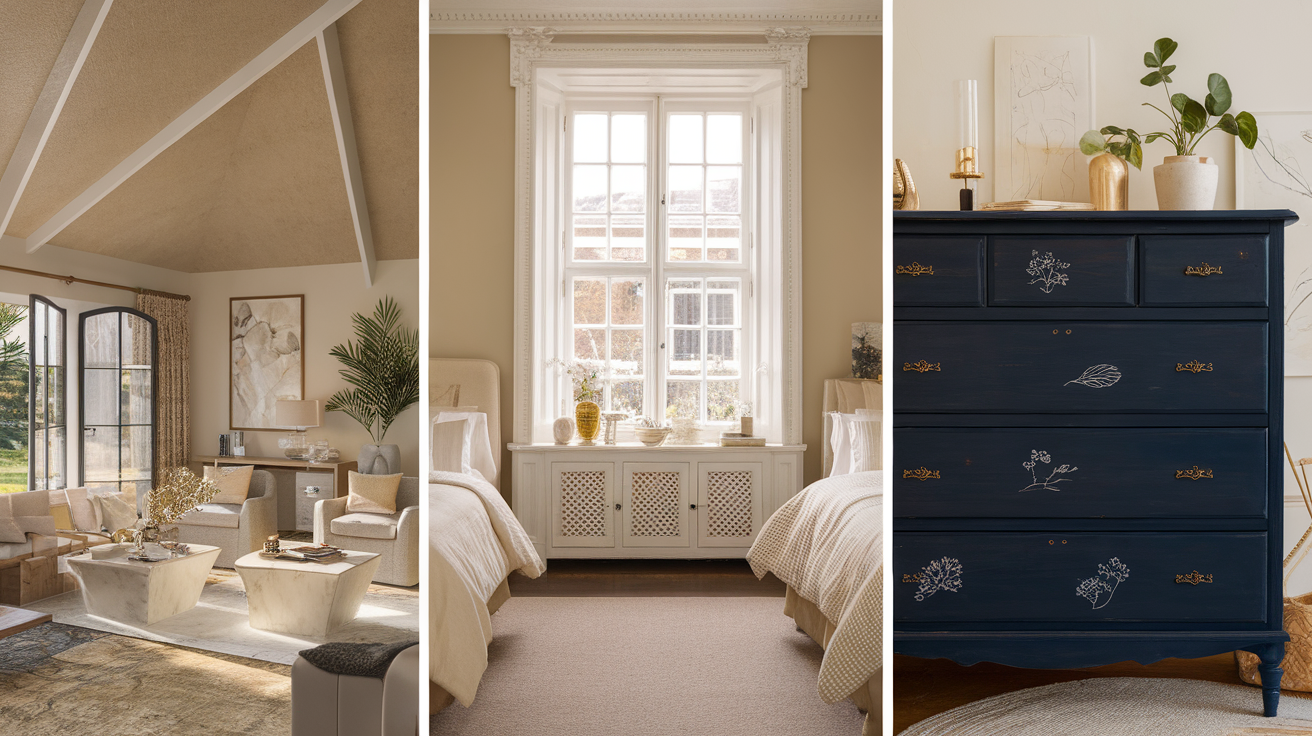
- Walls and ceilings inside the house: Bedrooms, living rooms, hallways, and kitchens.
- Trim, doors, and cabinets: Especially where easy cleaning is important.
- Furniture and decor: If they’ll stay indoors and won’t be exposed to the weather.
Best Places for Exterior Paint
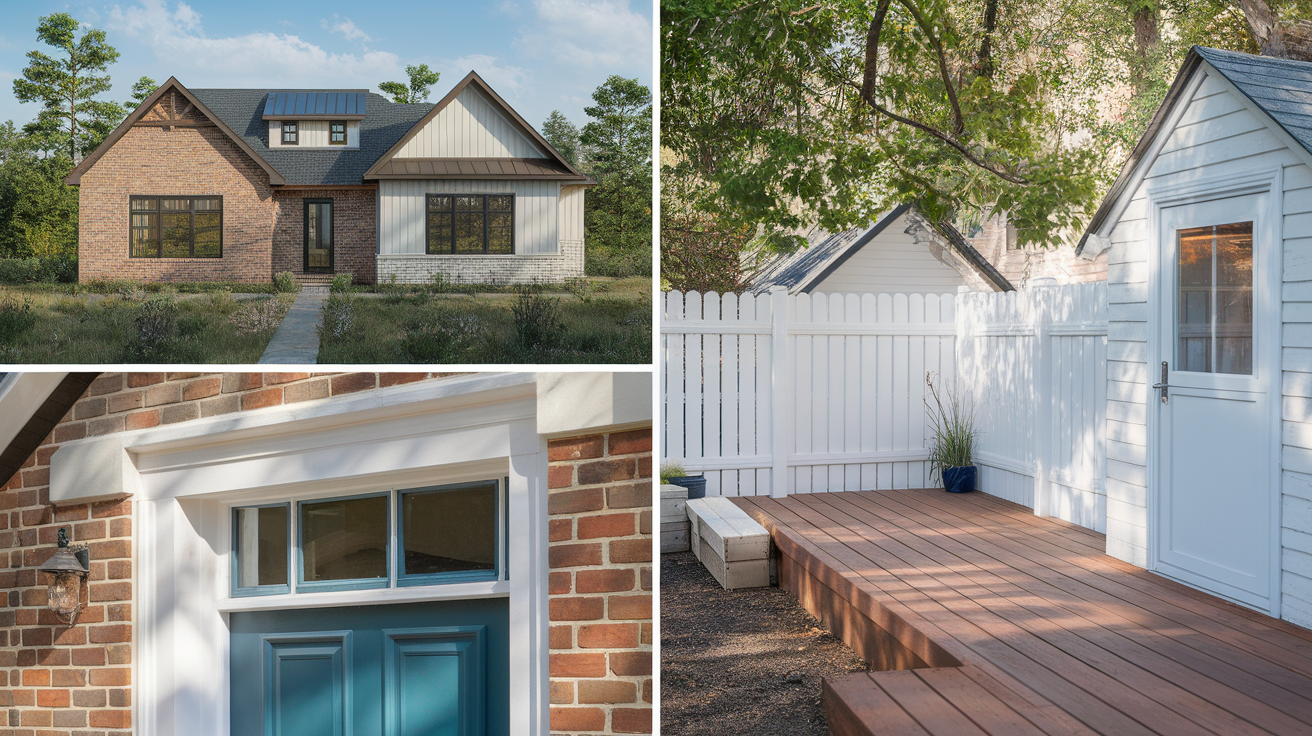
- Siding and exterior walls: Brick, wood, vinyl, or stucco on the outside of your home.
- Outdoor trim and doors: Where the paint needs to hold up against the sun and rain.
- Fences, decks, and sheds: Anything exposed to the elements year-round.
Using the right paint in the right place saves time, money, and stress.
Interior paint is perfect for smooth, easy-to-clean surfaces inside your home. Exterior paint is made to battle the weather and stay strong outside.
Always check the label, and when in doubt, ask someone at the paint store. It’s a small step that makes a big difference.
Can You Mix Interior and Exterior Paint?
It might seem like a good idea to mix leftover paints together to save money or avoid waste. But mixing interior and exterior paint isn’t something I’d recommend, and here’s why.
Interior and exterior paints are made with different ingredients. Exterior paint has strong chemicals and additives to handle weather, while interior paint is made to be safer for indoor air.
When you mix them, you change the way both paints are supposed to work.
If you use the mix indoors, the higher VOCs from the exterior paint could make the air less healthy. If you use it outdoors, the mix might not hold up well in the sun, rain, or cold.
It’s kind of like mixing sunscreen with lotion; it sounds okay, but it won’t protect your skin the right way.
For the best results, it’s always smarter to use the right paint for the job.
Top Picks for Interior and Exterior Paint
With so many paint brands out there, it can be hard to know which ones actually perform well. Over the years, I’ve found that some paints really do make your job easier and last longer.
Best Interior Paints
| Brand & Line | Why It’s Great |
|---|---|
| Benjamin Moore Regal Select | Smooth finish, low odor, great coverage |
| Sherwin-Williams SuperPaint | Durable, washable, and easy to apply |
| Behr Premium Plus | Budget-friendly, low VOC, good for walls and trim |
| Valspar Signature | Rich color, good stain resistance, easy touch-ups |
| Clare Wall Paint | Zero VOC, designer colors, great for modern interiors |
Best Exterior Paints
| Brand & Line | Why It’s Great |
|---|---|
| Benjamin Moore Aura Exterior | High fade resistance, strong coverage, long-lasting |
| Sherwin-Williams Duration | Withstands extreme weather, mildew-resistant |
| Behr Marquee Exterior | One-coat coverage, excellent for siding and trim |
| PPG Timeless Exterior | All-season durability, resists cracking and peeling |
| Dunn-Edwards Evershield | UV-blocking, great for sun-heavy areas |
When it comes to paint, quality truly matters. The right brand can make your job faster, cleaner, and more professional-looking.
Interior paints should go on smoothly and withstand everyday life. Exterior paints need to fight off weather and sun for years.
These top picks are trusted by homeowners and pros alike – and they’ve worked well for me, too. If you’re unsure what to choose, start with one of these and you’ll be in good hands.
Risks of Misapplication
Using the wrong paint in the wrong place can lead to some big issues. It might look fine at first, but problems usually show up later, and they’re not fun to fix.
Interior Paint Used Outdoors
- Peels and Cracks Fast: Interior paint can’t handle sunlight, rain, or temperature changes. It breaks down quickly and starts peeling or cracking.
- Fades and Grows Mold: It doesn’t have UV protection or mildew-fighting ingredients. Over time, you might see fading or even mold.
- Wastes Time and Money: You’ll likely need to repaint much sooner than expected, which means more time, effort, and cost.
Exterior Paint Used Indoors
- Strong Fumes and VOCs: Exterior paint contains higher levels of chemicals. Indoors, that can lead to headaches, irritation, and bad smells that linger.
- Not Made for Indoor Surfaces: It may dry unevenly or feel sticky on walls. It’s just not designed for everyday indoor use.
- Can Affect Air Quality: Poor ventilation and strong fumes don’t mix well. Especially in bedrooms or small rooms, this can become a health risk.
Interior and exterior paints are made for specific jobs. Swapping them might seem harmless, but it often leads to poor results and extra work.
Stick with the right type for the space, and your paint job will look better and last longer.
Conclusion
Choosing between interior and exterior paint might seem simple, but it really matters for how your project turns out.
Each type is made for a specific purpose. Interior paint is safe, easy to clean, and perfect for indoor spaces, while exterior paint is tough, weather-resistant, and built to last outside.
Using the wrong one can lead to peeling, fading, strong smells, or even health issues.
I’ve made mistakes in the past by not paying attention to labels, and it cost me time and money. Now, I always double-check before I paint, and I’m glad I do.
Take your time, consider the space, and select what works best for the job.
Looking for color inspiration? Check out these Popular Interior Paint Colors for Your Home to find the perfect shade for your space.

